
A number of leading mining firms have already started to make the transition toward clean renewable energy in recent months.
After having been hailed as a champion of sorts by many within the global digital asset market, Tesla CEO Elon Musk dropped a bombshell on the crypto community earlier in May, backtracking the company’s decision to start accepting Bitcoin (BTC) as a means of payment for various automotive sales. The reason cited was that Bitcoin mining processes were too resource-intensive and unsustainable in the long run.
As expected, almost overnight Musk became a heel, especially among Bitcoin maximalists who began calling him a sell-out and a market manipulator. Regardless of the name-calling, the episode did seem to shine a major spotlight on the energy consumption aspect of the crypto mining industry. This is best highlighted by the fact that recently, an increasing number of crypto companies have publicly announced their moves toward the use of greener energy alternatives.
Earlier this month, publicly traded North American Bitcoin mining company Bitfarms revealed that it had been successful in its efforts to power nearly 1.5% of the Bitcoin network using 99% clean energy. Not only that, even the concept of carbon-neutral exchange-traded funds (ETFs) is quickly gaining traction globally, with many major investment management firms, including Toronto-based Ninepoint Partners LP, already taking steps to ensure exactly this.
Lastly, BitMEX, a crypto derivatives trading platform, also recently announced its decision to go carbon neutral, while Marathon Digital Holdings, a United States-based Bitcoin mining firm, hopes to achieve its target of 70% carbon neutrality in the near future.
Is green the only way out?
To get a better sense of whether the mining industry is actually moving toward a greener direction, Cointelegraph reached out to Sam V. Tabar, chief strategy officer for Nasdaq-listed Bitcoin miner Bit Digital and former head of capital strategy for Bank of America Merrill Lynch. In his view, the “switch to green” is already happening rapidly across the global mining landscape, adding:
“Many miners have been actively striving for sustainable energy practices, especially publicly listed miners who wish to maximize their returns for shareholders and stakeholders. We believe this is an integral approach to improving our sustainable practices and mitigating our environmental impact.”
When asked about his own company’s sustainability efforts, Tabar highlighted that despite powering nearly 2% of the global Bitcoin network, a vast majority of Bit Digital’s energy comes from carbon-neutral sources such as hydroelectricity, solar energy and other wind-based technologies.
Additionally, he further highlighted that as the industry heads into an increasingly digitized future, more and more firm’s will enlist the services of well known independent Environmental, Social and Governance (ESG) consultants to self-monitor, set targets, provide transparency and help improve their percentage of green electricity and other sustainability initiatives.
He added: “We are currently working with independent ESG consultant APEX. By measuring our sustainability and mining footprint, we’re able to develop targets to continuously improve as we continuously shift towards 100% clean energy.”
Could renewable energy actually be cheaper?
Providing his take on the renewable vs fossil fuel debate, Matt Hawkins, CEO of multi-algorithm CPU and GPU miner Cudo, told Cointelegraph that behind the scenes, several major players operating within this space have already started to transition to the use of renewable energy, something that he believes is a positive step forward for the crypto industry as a whole. He further added:
“The reality is, in many cases, that renewable energy is cheaper and therefore more attractive to mining farms, provided that there is stability to this power source that is unaffected by seasonal fluctuations, such as the dry season in China, where mining farms previously moved operations to fossil fuel-powered facilities during the dry season.”
Staying on the subject of China, Hawkins opined that the ongoing migration of hashing power out of the country should be viewed as a big positive, especially when it comes to the decentralization of the Bitcoin network. Tabar further believes that the ban on cryptocurrency-related activities has been a blessing in disguise for United States miners who have been seeking innovative ways to find clean energy in the United States.
Is nuclear energy an option worth considering?
While a lot of talk surrounding renewable energy continues to circle around solar and wind primarily, North American mining and hosting firm Compass Mining announced that it had gone ahead and signed a 20-year deal with nuclear fission startup Oklo, providing the mining farm with 150 megawatts of energy once its mini-reactors are deployed within the next two to three years.
Also, according to data released by the U.S. Energy Information Administration, nuclear reactors do not contribute to any type of air pollution when in operation. In this regard, Compass CEO Whit Gibbs believes that once his company switches to nuclear power, the cost of mining for his firm will drop “considerably.” Not only that, but Compass is also discussing with the crypto-friendly city of Miami about getting power from the Florida-based Turkey Point Nuclear Plant.
On the matter of nuclear energy being explored by more mining farms in the future, Hawkins reiterated his belief that it “all comes down to cost efficiency,” adding that when the market is buoyant and bullish, Bitcoin mining is profitable across most regions, irrespective of the power costs incurred. He added:
“Mining is a very intensive process and consumes an enormous amount of energy. Thus, the more clean and green sources of energy that can be consumed by mining farms, the better for the industry and our planet. The caveat here is making sure you are not simply pulling renewable energy away from towns and cities to power Bitcoin operations.”
Miners of the future
Earlier this month, Bitcoin experienced its largest difficulty drop in its decade-old existence after China decided to issue a blanket ban on its mining industry. Following this decision, BTCs difficulty ratio dramatically tumbled to 45%, resulting in many mining farms being able to produce higher quantities of BTC at a lower cost per unit.
Ever since the ban, the move towards long-term sustainability has been extremely swift, with Musk recently hinting that the crypto industry may be on its way toward a greener future despite not rolling back Tesla’s decision to start accepting Bitcoin payments. Not only that, even recent data by the Cambridge Centre for Alternative Finance suggests that there has been a decline in the amount of energy used to mine BTC.
Therefore, time will tell how the future of the Bitcoin mining industry plays out from here on out, especially as more and more miners start to migrate to various crypto-friendly nations — such as those located in the Nordic countries or Central Asia — where there is a relative abundance of renewable energy.

You can get bonuses upto $100 FREE BONUS when you:
💰 Install these recommended apps:
💲 SocialGood - 100% Crypto Back on Everyday Shopping
💲 xPortal - The DeFi For The Next Billion
💲 CryptoTab Browser - Lightweight, fast, and ready to mine!
💰 Register on these recommended exchanges:
🟡 Binance🟡 Bitfinex🟡 Bitmart🟡 Bittrex🟡 Bitget
🟡 CoinEx🟡 Crypto.com🟡 Gate.io🟡 Huobi🟡 Kucoin.


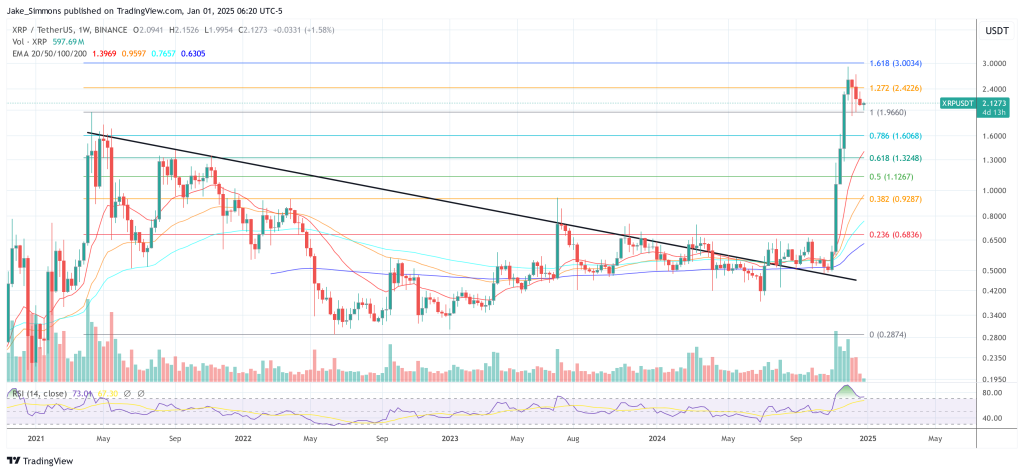



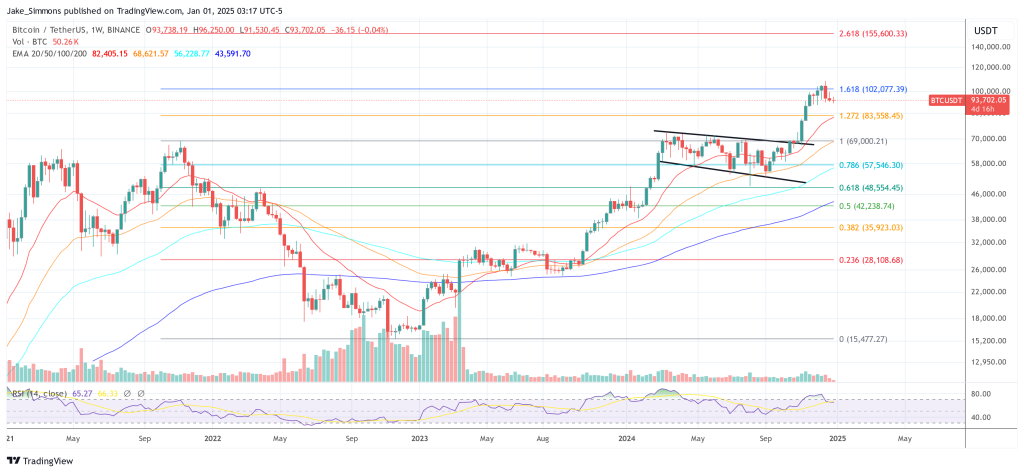


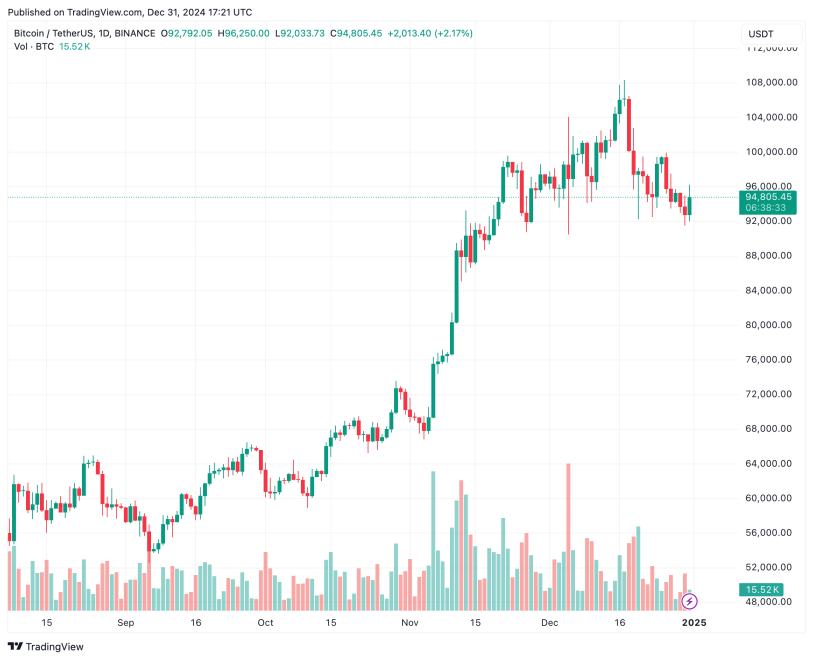


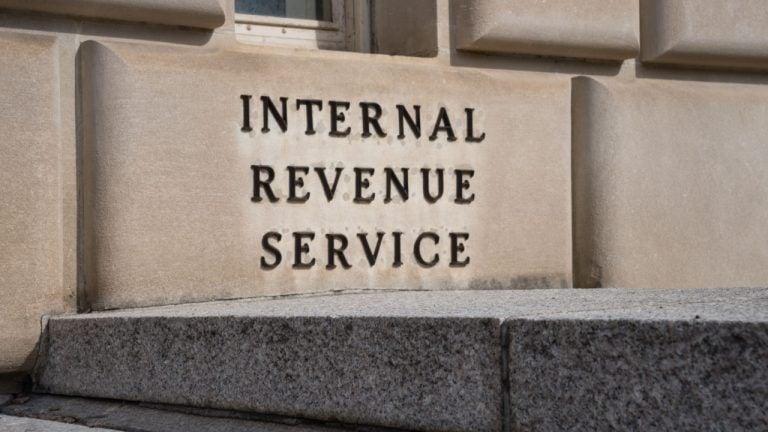






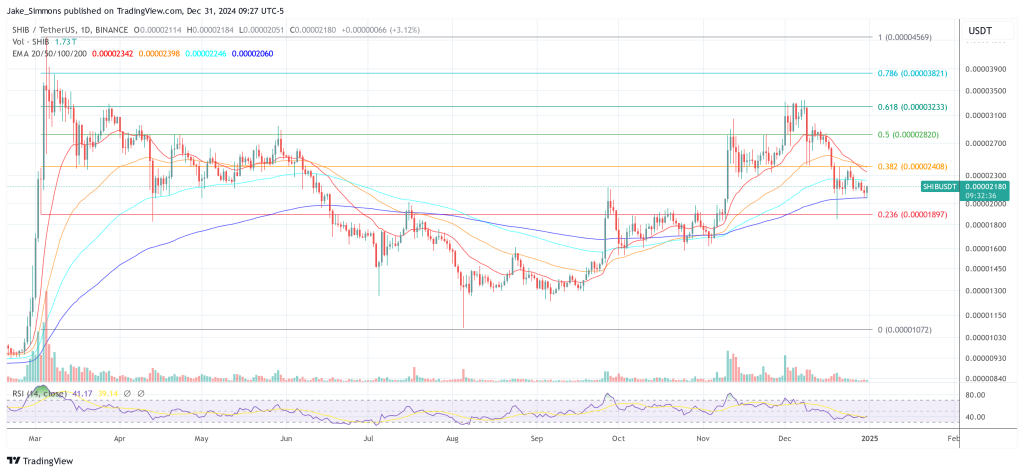
Comments